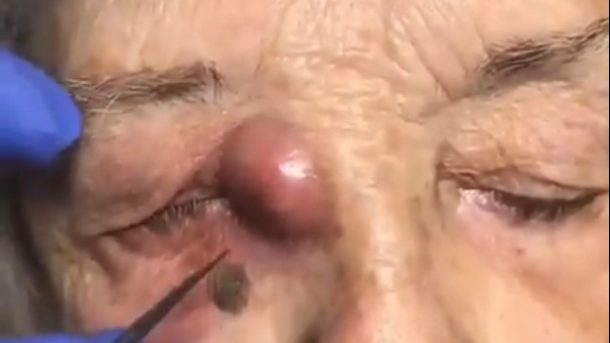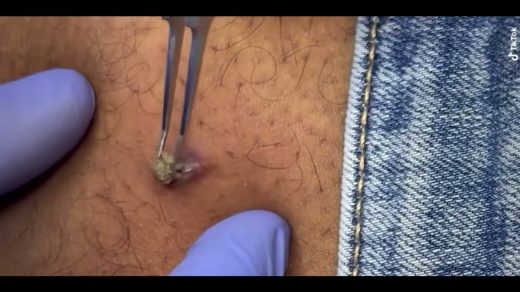Dacryocystitis, a tear duct inflammation and/or infection, can happen in newborn infants and in adults. Treatment usually includes antibiotics. Surgery is a possible option to stop recurrences.
Dacryocystitis is characterized as an inflammatory state of the nasolacrimal sac. It is typically caused by an obstruction within the nasolacrimal duct and subsequent stagnation of tears in the lacrimal sac.
Dacryocystitis, regardless of etiology, is almost always caused by an obstruction in the nasolacrimal system with the resultant stagnation of tears. There can be obstructions at any level of the nasolacrimal system. Stagnation of tears will provide a favorable environment for infectious organisms to propagate and proteinaceous debris to form. The lacrimal sac will then inflame causing the characteristic swelling in the inferomedial portion of the orbit.
There are two kinds of dacryocystitis — acute and chronic. In general, the difference is one of time. Acute dacryocystitis comes on suddenly and resolves quickly, generally under three months. Chronic dacryocystitis lasts for a long period of time.
Another difference is that chronic dacryocystitis is more often linked to systemic (whole body) and autoimmune conditions. These include granulomatosis with polyangiitis, sarcoidosis and lupus (also called systemic lupus erythematosus). People who have chronic dacryocystitis may also have chronic conjunctivitis (pink eye).
The types of pathogens (harmful agents, like bacteria or viruses) may differ between the two types.
In this video video showing a severe case of dacryocystytis, tear duct infection.
Video:



